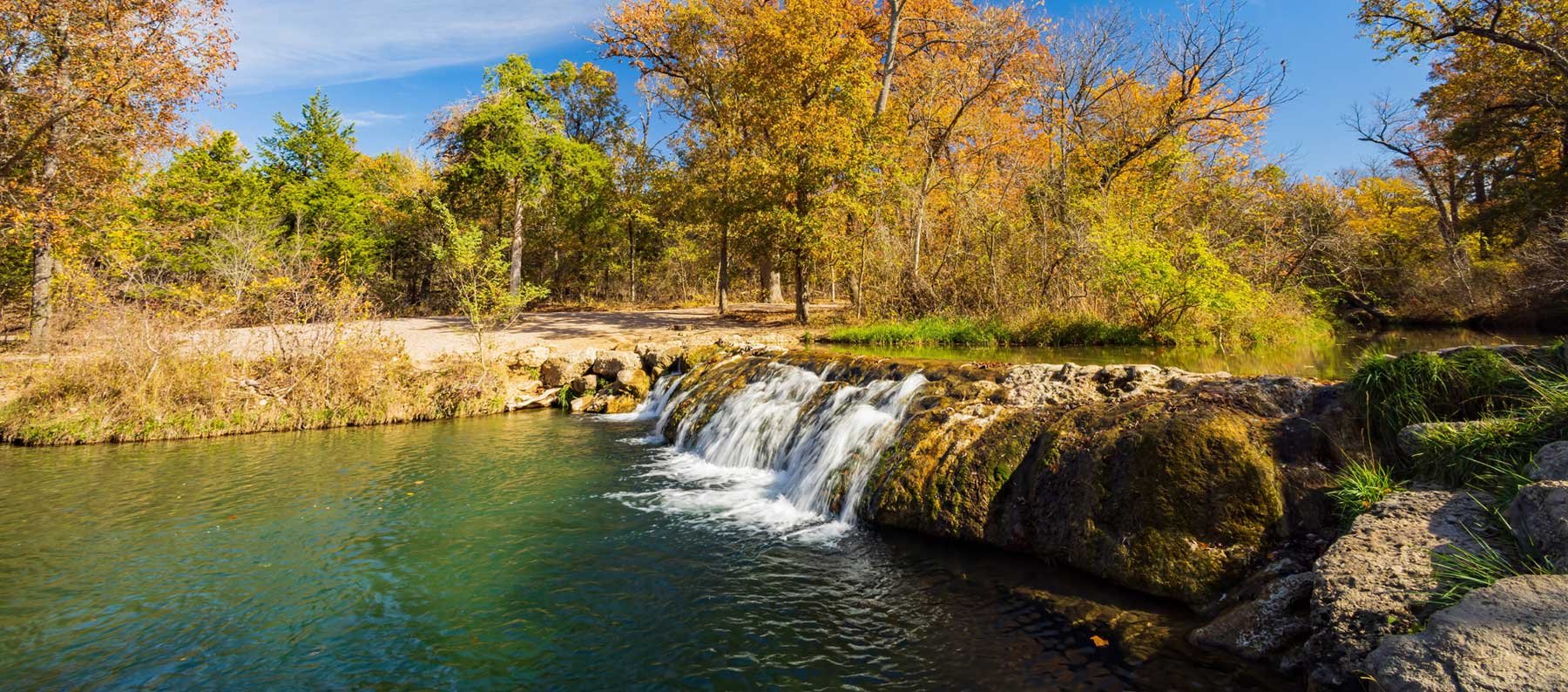
Marmora & Lake
Celebrating our 200th anniversary!
We were so excited to see the installation of Mitchell Webster’s sculpture depicting the miners at Marmora, as sketched by Canada’s famous pioneer, Susanna Moodie in the 1830s.
It has been a two-year team effort with the Marmora Historical Foundation and the Municipality of Marmora and Lake, and the day has finally arrived. The families of our three little miners are still here today!
Be sure to take a walk in downtown Marmora and check it out!
In the early 1820s, Upper Canada was still recovering from a very close call in the war of 1812-14. The Empire and its Canadian colony had driven back the United States. In Upper Canada, it had been a close call. Conflict might begin again anytime; security was now constantly on the mind of Upper Canada’s citizens. The British Colonial office realized that to survive, Canada must grow. The colony must be able to defend itself. Britain was a long way off. The United States was too close.
Settlers, loyal British, Scottish, and even Irish settlers, were needed. They would need the necessities for farming - ironware, kettles, plows, stoves, and cannons. It could have been shipped across the Atlantic. Would it arrive in time? Iron was essential so that the colony could meet its demands. Iron lying across the other side of the Atlantic was no use here. Blast furnaces were needed in the, not thousands of miles away.
In 1816 a most extraordinary man thrashed along the south shore of Crowe Lake in eastern Upper Canada. As Owen and his assistants trekked through the wilderness, they discovered a large mineral anomaly. Marmora was named after a point jutting into the east shore of Crowe Lake in the back townships 30 Miles from the nearest town. Close by was a hill of marble, hence the name Marmora. Across Crowe Lake, there was a hill of iron.
An iron-producing town is not an easy thing to establish. Marmora was not without advantages. Crowe River descended in a ‘Great Falls’ that could be dammed and made to power the billows. The best iron ore was on the banks of a navigable lake. Even without roads, it could be brought there by barge. Marmora, however, was also not without disadvantages. It was way back in the woods. There was no easy access. You had a few beautiful waterways to ship ore and timber around the site, but only once you tracked through the forests. It was 30 miles from the Lake Ontario transportation system.
This sort of project had never been tried in Upper Canada before. It needed an adventurer to take it on. Charles Hayes came along and established a working and unique Irontown. Charles Hayes had started Upper Canada’s first mining town. He left behind an enterprise that for decades would teeter between failure and success.
Although Marmora hasn’t relied on mining for decades now, it is how the settlement began its rich history. To find out more about the surrounding area and its fascinating history, check out the Marmora Historical Foundation.
The History of Marmora & Lake

Planning a day trip? Take a look around!
Use the sidebar icon to filter areas of interest.









